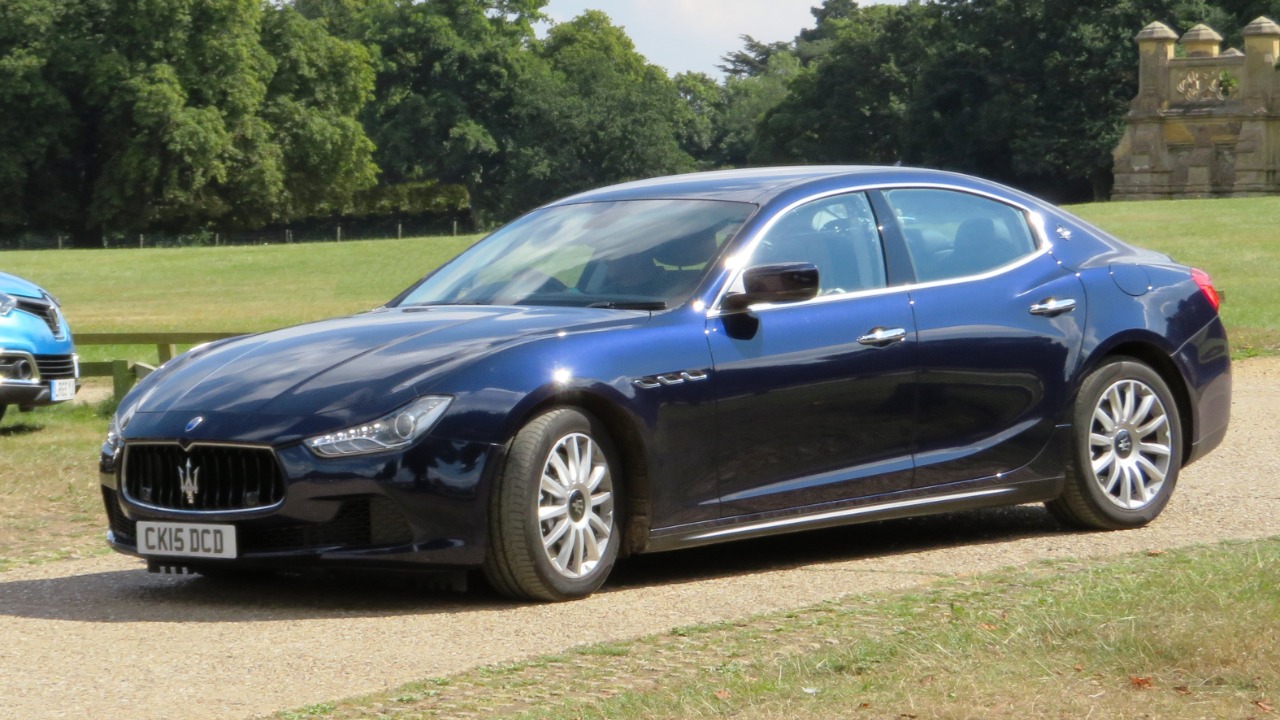
Luxury cars are often seen as the pinnacle of automotive engineering and design, offering unparalleled comfort and performance. However, not all that glitters is gold in the automotive market. Surprisingly, some luxury models experience depreciation at a rate that exceeds their economy counterparts. Let’s explore some of these high-end vehicles that lose value at an alarming pace.
Mercedes-Benz S-Class
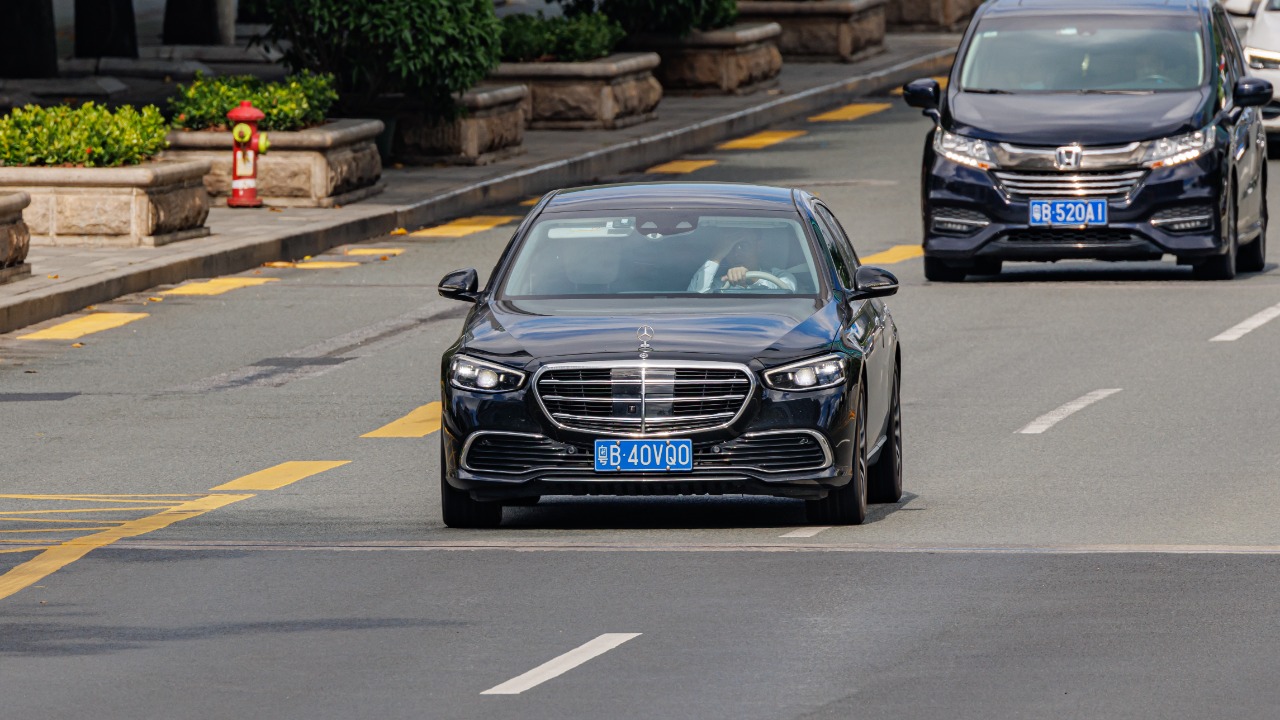
The Mercedes-Benz S-Class is synonymous with luxury, yet it depreciates faster than one might expect. Within just a few years, this flagship model can lose a substantial portion of its initial value. The 2017 S-Class, for example, saw significant depreciation due in part to the rapid advancement of technology and features in newer models. While the S-Class offers a premium driving experience, its resale value isn’t as robust as its reputation.
According to a study on depreciation trends, luxury cars like the S-Class depreciate faster due to high initial costs and the rapid pace of technological obsolescence. Buyers seeking an S-Class should be prepared for steep depreciation but can also find used models at more affordable prices.
BMW 7 Series

The BMW 7 Series combines performance with luxury, yet it’s no stranger to rapid depreciation. Models such as the 2016 7 Series can lose over half of their value within five years. The high cost of maintenance and repairs, coupled with the continuous release of updated models, contributes to its declining resale value.
Despite its prestigious badge, the 7 Series doesn’t hold its value as well as some may hope. For those considering this luxury sedan, the depreciation rate should be a significant factor in their purchasing decision. More insights into depreciation can be found through various automotive research studies.
Audi A8
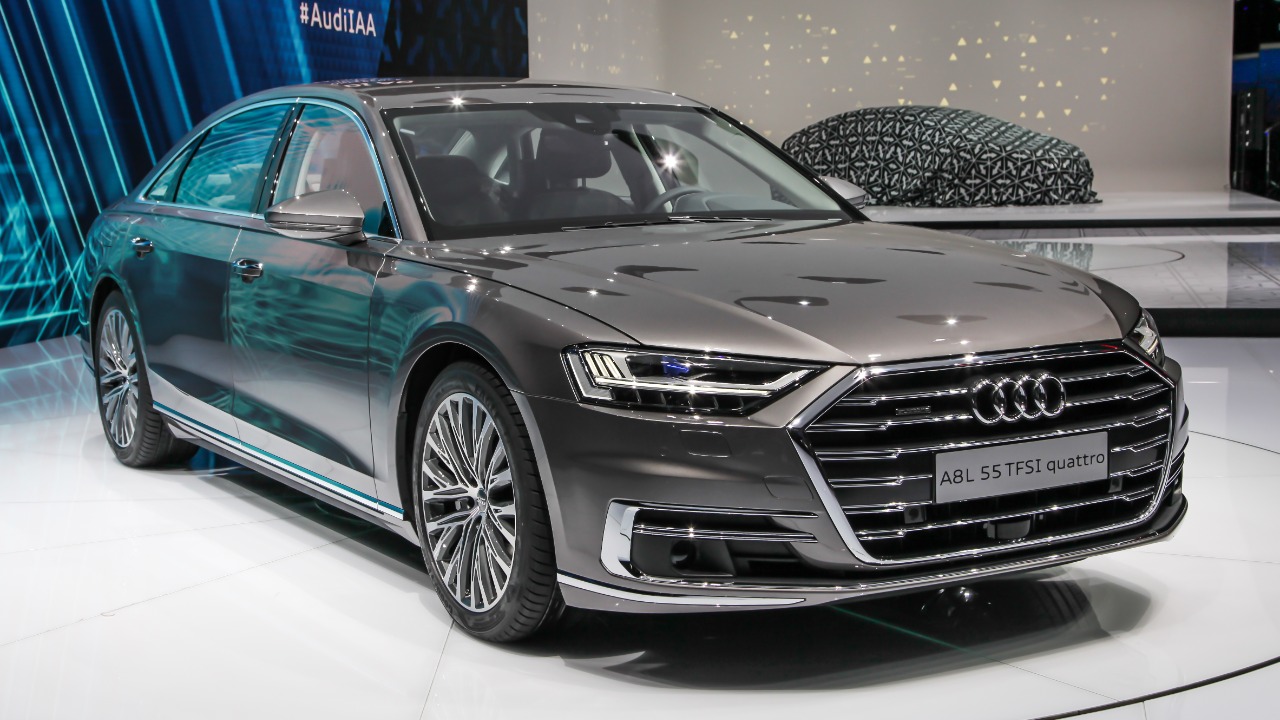
The Audi A8 is another luxury vehicle that experiences swift depreciation. Known for its cutting-edge technology and comfort, the A8 faces challenges in retaining its value. A 2015 Audi A8, for instance, might fetch less than half its original price today. The luxury market’s saturation and the pace of innovation make it challenging for older models to maintain their appeal.
The A8’s depreciation is a common trend among high-end sedans, where newer models quickly overshadow previous iterations. For potential buyers, the depreciation factor is crucial, especially since it impacts long-term ownership costs. The economic dynamics of the luxury car market further illuminate these trends.
Land Rover Range Rover
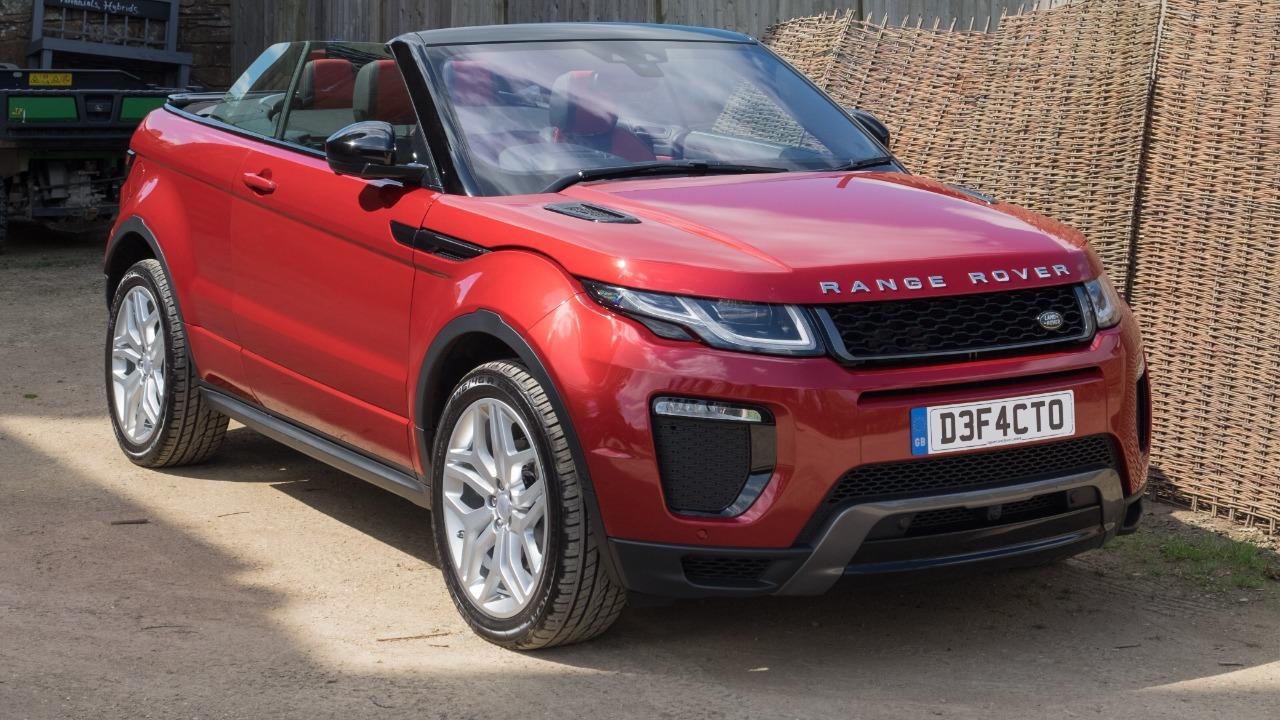
The Land Rover Range Rover, a symbol of luxury and off-road prowess, also faces significant depreciation. Models like the 2016 Range Rover can depreciate sharply due to factors like maintenance costs and fuel efficiency concerns. While it offers superior off-road capabilities and a lavish interior, its market value decreases rapidly.
Range Rovers are known for their high initial price tags but also for their pronounced depreciation. This trend is common among luxury SUVs, where factors such as high repair costs and changing consumer preferences influence resale values. Understanding the depreciation patterns is essential for informed purchasing decisions.
Jaguar XJ
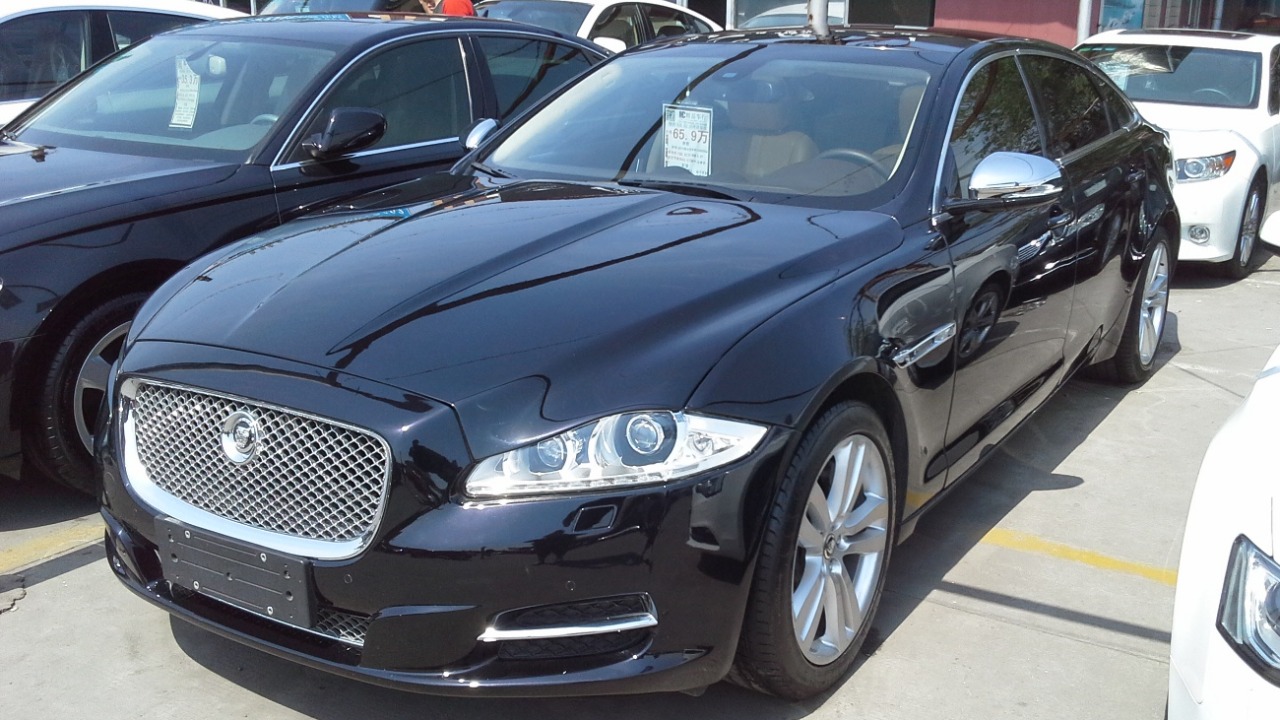
The Jaguar XJ, with its distinctive style and performance, also suffers from quick depreciation. The 2015 XJ, for example, depreciates rapidly, partly due to Jaguar’s reputation for reliability challenges. The allure of the XJ’s design and performance is often offset by concerns about its long-term durability and cost of ownership.
Like many luxury sedans, the XJ struggles to retain its value amidst a competitive market. Buyers should weigh the initial allure of the XJ against the financial implications of its depreciation. Insights from automotive studies can provide a deeper understanding of these market dynamics.
Maserati Ghibli
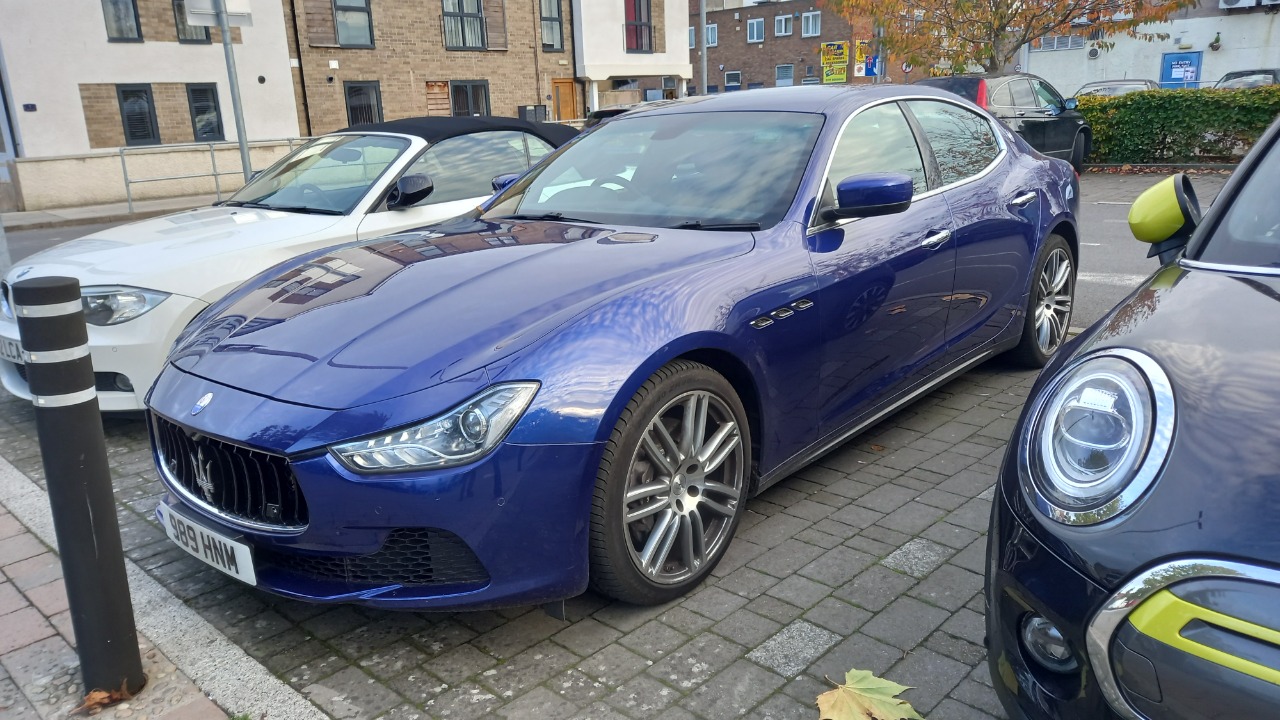
The Maserati Ghibli, with its Italian flair and sporty performance, is another luxury vehicle that depreciates quickly. A 2015 Ghibli can lose a significant chunk of its value within a few years. Factors such as high running costs and a niche market appeal contribute to its depreciation.
While the Ghibli offers an exhilarating driving experience, its financial depreciation is a critical consideration for potential buyers. The combination of brand exclusivity and high ownership costs often results in a steep drop in value over time. Understanding these depreciation factors can aid in making more informed purchasing choices.